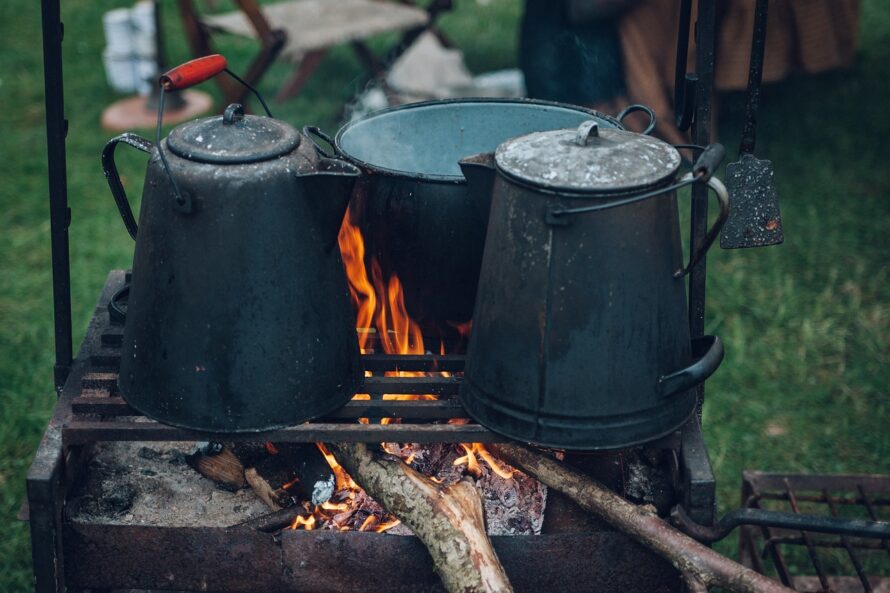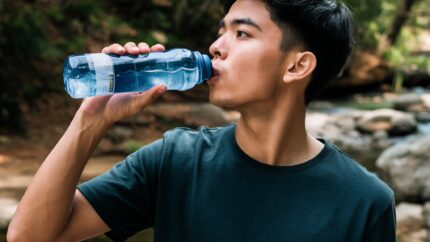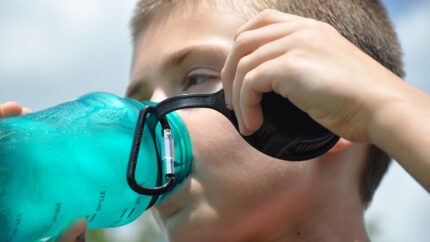Boiling Water for Survival: A Simple and Effective Method
No matter where you are, having access to clean water is essential. One of the simplest and most effective ways to purify water in a survival situation is by boiling it. It’s a method that’s been used for centuries and is recognized for its reliability in killing most pathogens, including bacteria, viruses, and parasites.
To get started, you’ll need a heat source and a container. This could be a campfire, a portable stove, or even a heated rock if you’re really in a pinch. Once you’ve got your fire going, fill your container with the water you want to purify. It’s important to bring the water to a rolling boil, which means it’s bubbling vigorously and continuously. At this point, you should let it boil for at least one minute to ensure that most harmful microorganisms are killed. If you’re at a higher altitude, above 2,000 meters or 6,562 feet, you’ll need to boil the water for at least three minutes due to the lower boiling point of water at higher elevations.
One of the biggest advantages of boiling water is that it doesn’t require any special equipment. As long as you have a heat source and a container, you’re good to go. Plus, it’s a method that’s widely accepted and trusted for its effectiveness. However, there are a few downsides to consider. Boiling water requires fuel, which might be scarce depending on your environment. Gathering wood, starting a fire, and waiting for the water to boil can also be time-consuming, especially if you’re in a hurry or if the weather conditions are challenging.
Another limitation of boiling is that it doesn’t remove chemical contaminants. If you’re dealing with water that’s been exposed to chemicals, you’ll need to use an additional purification method to make it safe for drinking. But for most wilderness scenarios where you’re concerned about pathogens, boiling is a solid choice.
Here are a few tips to make the process more efficient and effective.
- Use a covered pot to reduce heat loss and shorten the boiling time.
- If your water source is cloudy or has visible particles, pre-filter the water through a cloth or coffee filter to remove the sediments before boiling. This not only improves the taste but also makes the boiling process more effective.
- In cold climates, keeping boiled water in insulated containers can help retain the heat longer, making it more pleasant to drink and use.
Boiling water is a reliable method for purifying water in survival situations. It’s simple, doesn’t require fancy equipment, and is highly effective at killing pathogens. While it has its limitations, especially when it comes to chemical contaminants, it’s a method every outdoor enthusiast should be familiar with.
If you do not have any cooking gear suitable for a survival situation, consider this Survival Cooking Kit as a great way to get started.



Pingback: Survival Water Purification Methods